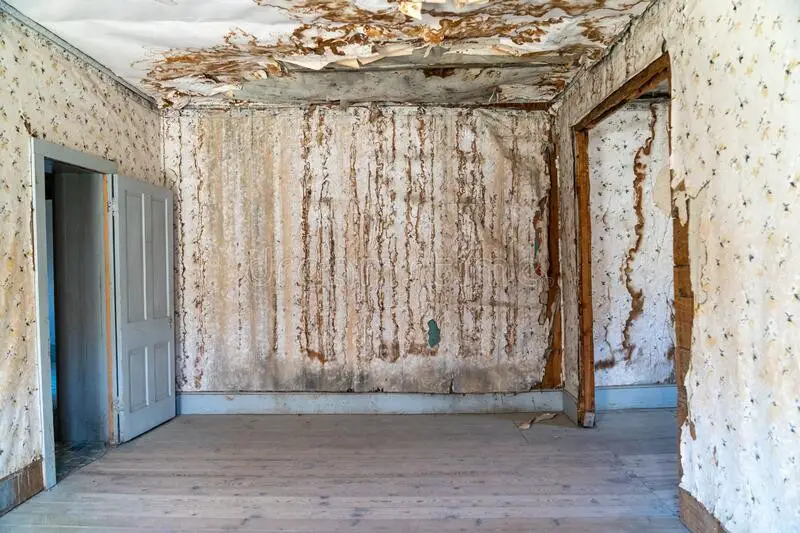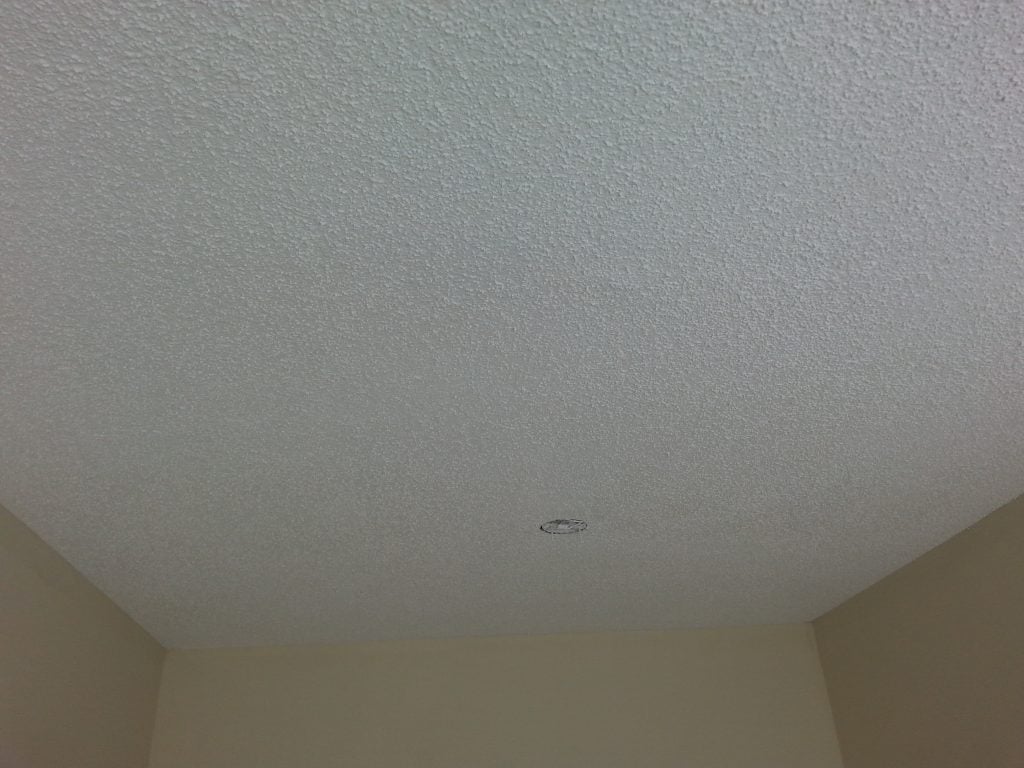Clearing Water Marks - Comprehensive Wall Stain Checks And Repairs
Clearing Water Marks - Comprehensive Wall Stain Checks And Repairs
Blog Article
They are making a few good pointers regarding Water Stains on Walls in general in this great article underneath.

Water stains on wall surfaces are not pleasant to the eyes. Often it appears practically unpreventable to experience water stains on wall surfaces in homes.
Property owners residing in moist regions regularly deal with the worry of water discolorations on walls. However that does not have to be the case for you. With exact and all-around details on the causes of water stains as well as punctual repair service procedures, you will always be an action ahead of such events. So, this article guarantees to be a practical overview for you.
3 Common Reasons For Water Discolorations on Wall Surfaces
Contrary to popular belief, water spots on wall surfaces do not constantly stem from bad structure products. There are numerous root causes of water discolorations on wall surfaces. These include:
Poor Drainage
When making a building strategy, it is critical to ensure adequate drainage. This will avoid water from leaking right into the wall surfaces. Where the water drainage system is obstructed or missing, below ground moisture accumulates. This links to excessive wetness that you see on the walls of your building.
The leading cause of wet walls, in this case, can be a poor drainage system. It can also be because of inadequate monitoring of sewer pipes that run through the building.
Damp
When hot moist air meets with completely dry cool air, it creates water beads to base on the walls of buildings. This occurs in kitchens and bathrooms when there is vapor from food preparation or showers. The water droplets can stain the bordering walls in these parts of your residence and also infect various other locations.
Damp or condensation affects the roofing system and wall surfaces of structures. This triggers them to appear darker than various other areas of the residence. When the wall is wet, it develops a suitable atmosphere for the growth of fungi and also microorganisms. These may have negative effects on health and wellness, such as allergic reactions as well as respiratory disorders.
Pipe Leaks
A lot of houses have a network of water pipes within the wall surfaces. This makes certain that the pipelines are faraway from the reach of destructive rats. It always increases the practicality of such pipes, as there is little oxygen within the wall surfaces. This inhibits corrosion.
A drawback to this is that water leakage affects the walls of the building and causes widespread damage. An indication of defective pipes is the appearance of a water stain on the wall surface.
Water Discolorations on Wall Surface: Repair Service Tips
When dealing with water stains, homeowners would usually desire a fast repair. They would quickly understand this is disadvantageous as the water spots repeat. Here are a few handy ideas that will guide you in the repair work of water stains on wall surfaces:
Pro Suggestion
A houseplant in your house likewise raises its humidity. So, if your house is already moist, you may intend to introduce houseplants with very little transpiration. An instance of suitable houseplants is succulents.
Final thought
Although no one wishes to have water discolorations on walls in their home, it can occur to the most effective of us. This write-up gives you take advantage of, as you currently know exactly how to manage this mishap if it does happen.
It is constantly best to hire specialist services to assist fix the damages in your house.
In some cases it appears almost inescapable to experience water stains on walls in residences.
Contrary to prominent idea, water stains on wall surfaces do not constantly stem from poor structure products. There are several reasons of water discolorations on walls. The water beads can tarnish the surrounding wall surfaces in these components of your home as well as spread to various other areas.
Right here are a couple of helpful suggestions that will certainly lead you in the repair work of water discolorations on wall surfaces:
CHECKING FOR WATER DAMAGE
Water damage can be costly, and it may begin before you even notice the first signs of trouble. Water damage can cause mold and mildew in your walls and floors, which can create an abundance of health concerns for your family. It can also lead to costly repairs of various appliances and general home fixtures. To avoid the pricey consequences of water damage, here are Warner Service’s top 5 places you should check:
The walls – The easiest place to spot the beginnings of water damage is on the walls and ceilings of your home. If water damage is present, there will most likely be water stains, especially around the windows and doorframes, and/or cracks in the drywall. If a stain looks unusual (discolored to brown, black or gray, raised texture), has a swollen appearance or is soft to the touch, contact a professional immediately. The pipes – To avoid water damage, consistently check the pipes in your kitchen (especially the dishwasher and ice maker), bathrooms, laundry room (specifically washing machines) and basement for corrosion, leaks and water stains. Pay special attention to where the pipes connect in your home and the location of caulking around the bathroom fixtures, including toilets, sinks, showers and tubs. Missing or loose caulking and grout could be signs of leaking water. This seepage can also quickly cause mold and rust, so double check your water heater and tank for wet spots on the floor. The floor – Water damage is very easy to spot on the floor. Look for any warping or buckling of the material, especially in the basement. If your home has wood flooring, look for bright white or dark stains. If your home has carpeting, keep it dry and clean. A damp carpet that smells of mold could cause water damage and health problems. To avoid this, consider installing floor pans under your appliances to help prevent damages from small, slow and undetected leaks. The basement and attic – If your basement or attic smells odd check for mold and mildew around the area, especially the valley where the roof meets. While you are inspecting those areas, check for wall cracks, floor stains, rust and dampness in the insulation. If you live in a colder and/or rainier climate, perform routine checks for water damage from melting snow or ice and rain. The exterior – Check the roof for damaged flashing and missing, cracked or curled shingles. There should also be no standing water anywhere outside your home. This could be caused by puddles, leaky rain gutters or hoses, poor drainage, or short gutter spouts. Invest in a sump pump system or water flow monitoring system, and perform routine maintenance on these outdoor appliances to avoid indoor water damage.

Hopefully you enjoyed our section about How to Find and Repair Water Leaking in the Wall. Thank you for taking a few minutes to read our blog post. Kindly take the opportunity to promote this write-up if you liked it. Thanks for your time. Come back soon.
View More
Report this page